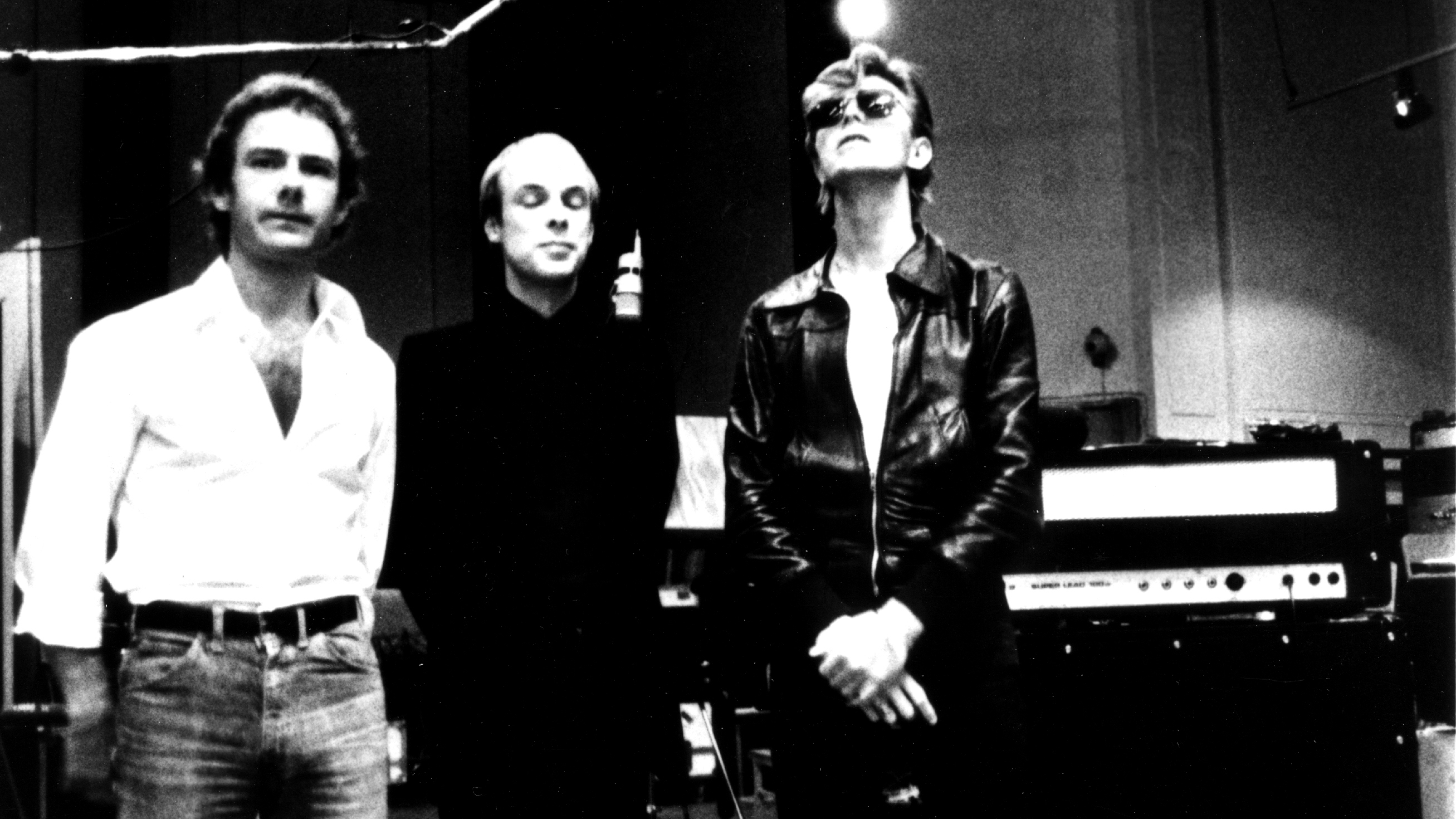Gear of the Year: The best guitars, amps, pedals and more of 2023
Our guide to the greatest guitars, amps, pedals and accessories of 2023, handpicked by the Guitar Player team

Despite rising costs and supply issues, 2023 was still a fabulous year for gear. With many exciting and innovative products appearing over the last 12 months, we guitar players have been spoilt for choice. Guitar Player’s editors Dave Hunter, Jimmy Leslie, Christopher Scapelliti and Art Thompson reveal their favorites.
Guitars
You can trust Guitar Player.
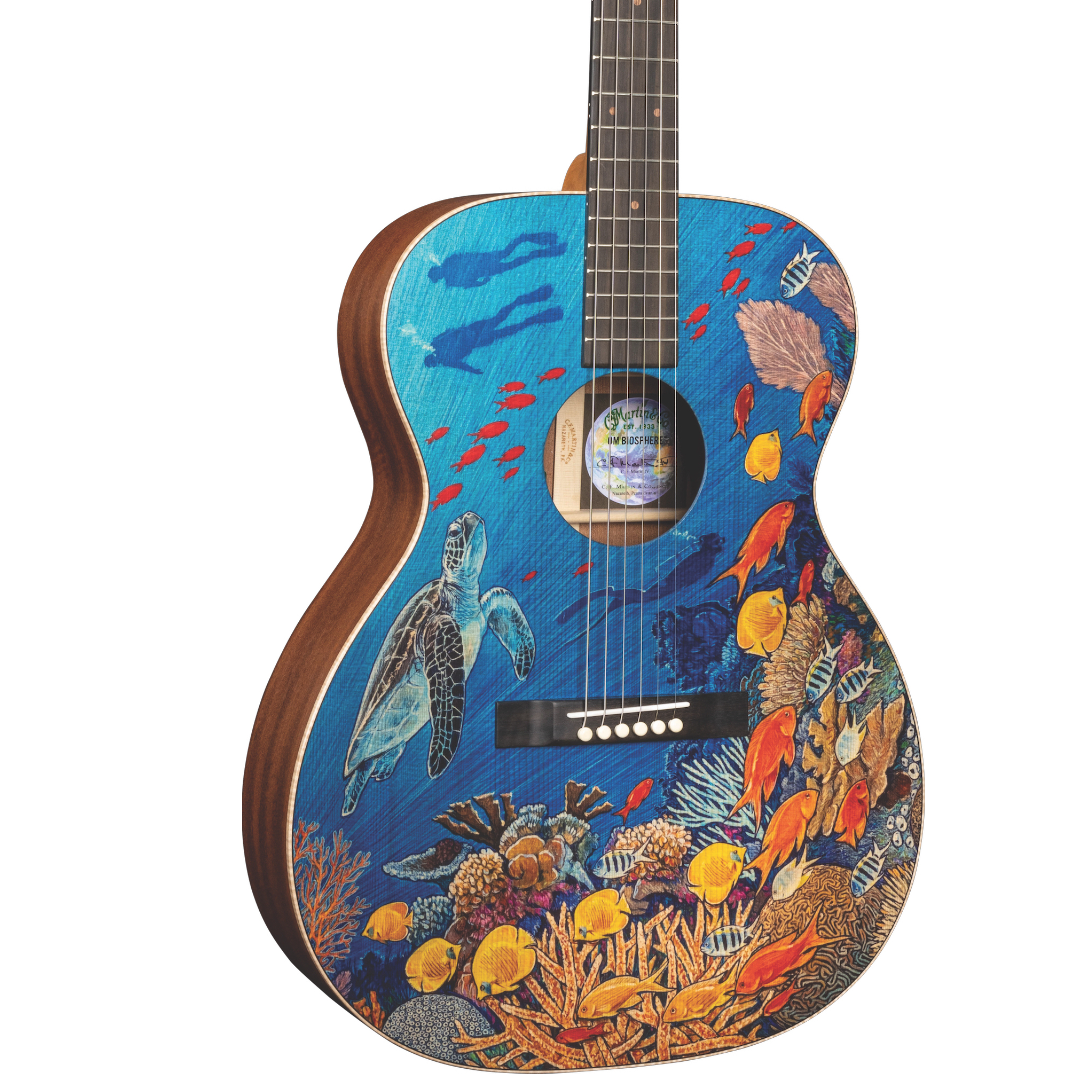
Martin OM Biosphere
THE OM Biosphere is one of those rare instruments that both sounds great and makes a strong artistic statement. Unlike the world’s oceans, the Biosphere is completely free from plastic, and all the wood used for its construction is fully certified by the Forestry Stewardship Council to ensure it is responsibly sourced, thereby benefiting both the forest and its local people.
Even the hip gig bag is made of hemp! And to show support for the conservation of precious and increasingly endangered coral reefs, the OM Biosphere features aquatic-themed art by Robert Goetzl ink-printed on its top.
The guitar has an organic feel and tone to match its striking looks, and with the classic playability of a Martin OM, the Biosphere demonstrates environmental awareness with every note. If you’re highly eco-conscious and want to encourage others to be, here’s your jam. $2,299. martinguitar.com — JL
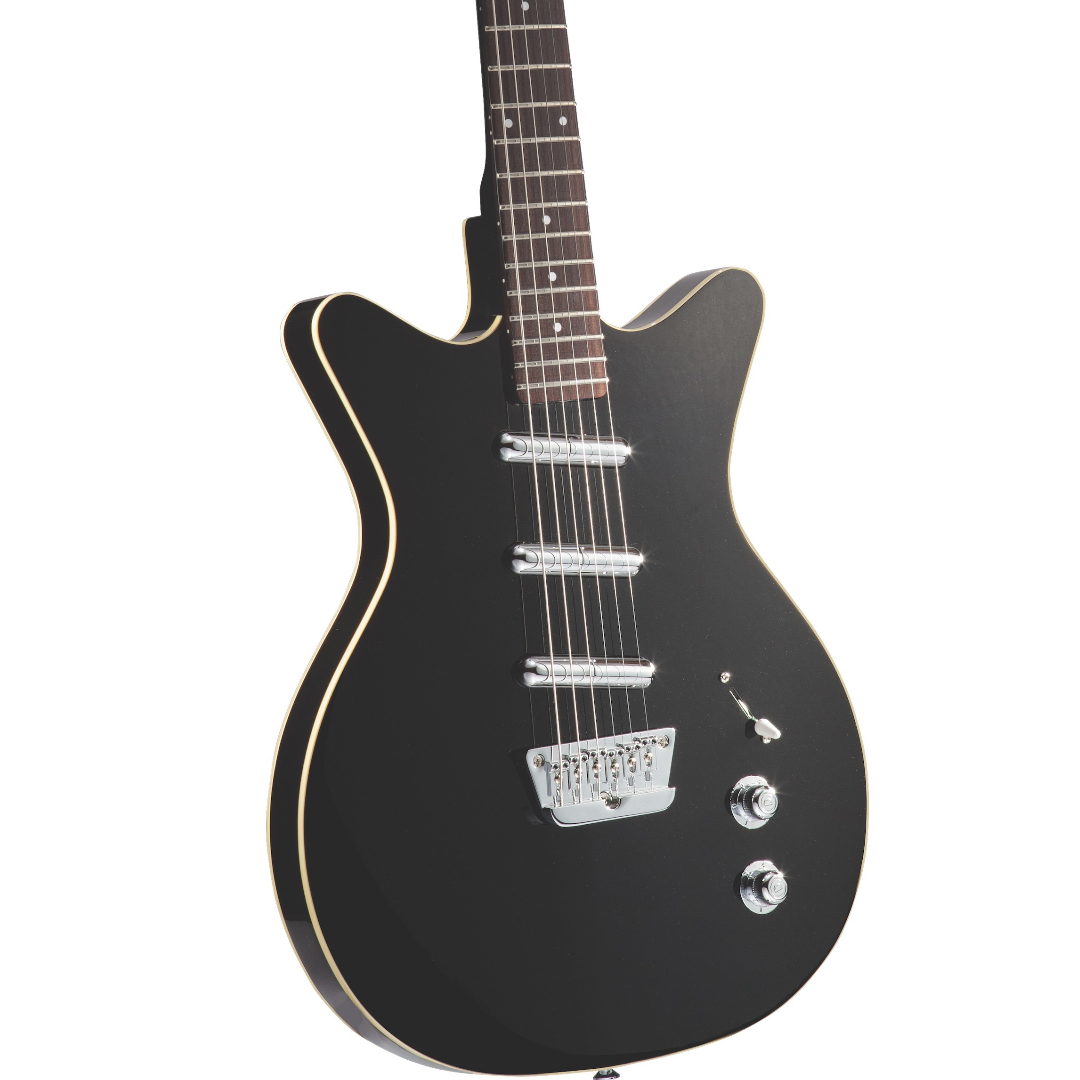
Danelectro ’59 Triple Divine
With its Sputnik-era lines, this lightweight guitar pays homage to the DC-3 Deluxe “shorthorn” model from the late 1950s and features three period-correct lipstick-tube pickups with tape-wrapped Alnico VI magnets and chrome covers made from 80/20 bass-zinc alloy, the formulation used in the lipstick casings that Dano sourced from Max Factor back in the day.
These twangy-sounding single-coils feed volume and tone knobs and a five-way blade switch. In classic form, the body is constructed with a spruce frame with Masonite top and back, and the bolt-on maple neck is carved with a C shape and sports a 25-inch scale, 14-inch radius rosewood fingerboard with 21 frets and a bone nut.
The ’59 Triple Divine is a nice-playing guitar that sounds cool for roots rock, blues and Americana — and even faux acoustic-electric sounds. $749. danelectro.com — AT
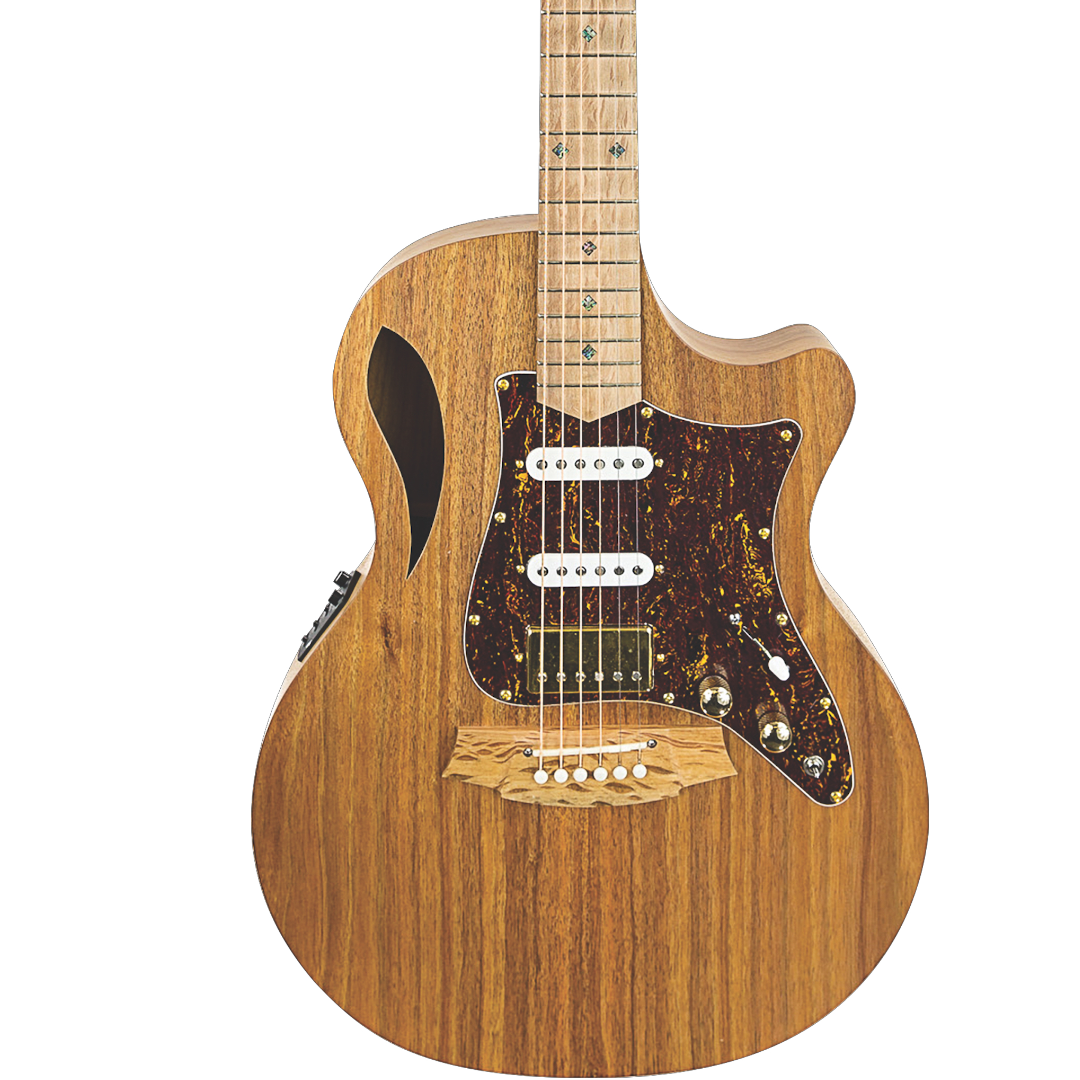
Cole Clark True Hybrid (TL2EC-BLBL-HSS)
My favorite NAMM 2023 discovery, Cole Clark’s True Hybrid was so impressive on both sides of the acoustic/electric equation that I plunked down the dough to buy one for myself. Since then, I’ve used it at every show I’ve performed.
Suppose there’s only room for a single instrument on a plane or at a gig. In that case, this durable double-sided axe is the one that goes, because, as the name suggests, it’s a true hybrid that features a full complement of acoustic and electric pickups, for a grand total of six.
Dual outputs facilitate sending the acoustic tone to an acoustic amp or a P.A. while the electric tone goes to its own amp. Acoustic strings give it a bona fide feel, and the easy playability and cutaway body make it ready to rock. Without a doubt, the True Hybrid is a true classic. $3,399. coleclarkguitars.com — JL
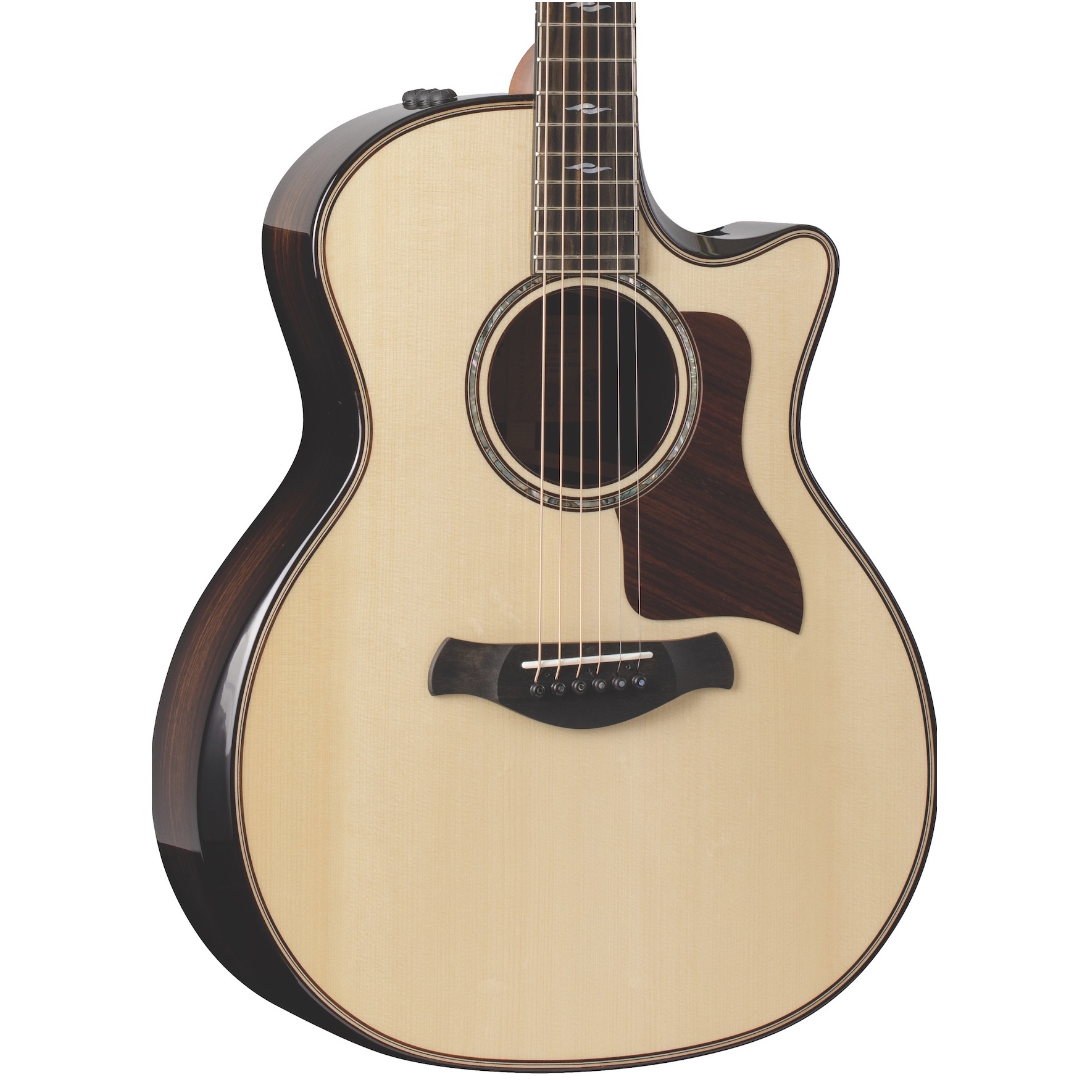
Taylor BE 814ce Grand Auditorium
Taylor went all-out with its new flagship Builder’s Edition, giving it beveled edges, fancy appointments, top-shelf woods and high-end tuners. It’s gorgeous, comfy to hold and plays like a dream, plus it has a modern high-fidelity sound that matches its look and feel.
Taylor creates the top from four pieces of Adirondack spruce rather than the usual pair of book-matched Sitka slabs. Adirondack is considered an upgrade and was the standard until supplies dwindled. Taylor employs it here seamlessly in pieces once too small for use.
The result is a quintessential Taylor that represents a new pinnacle for the storied guitar maker. $4,499. taylorguitars.com — JL
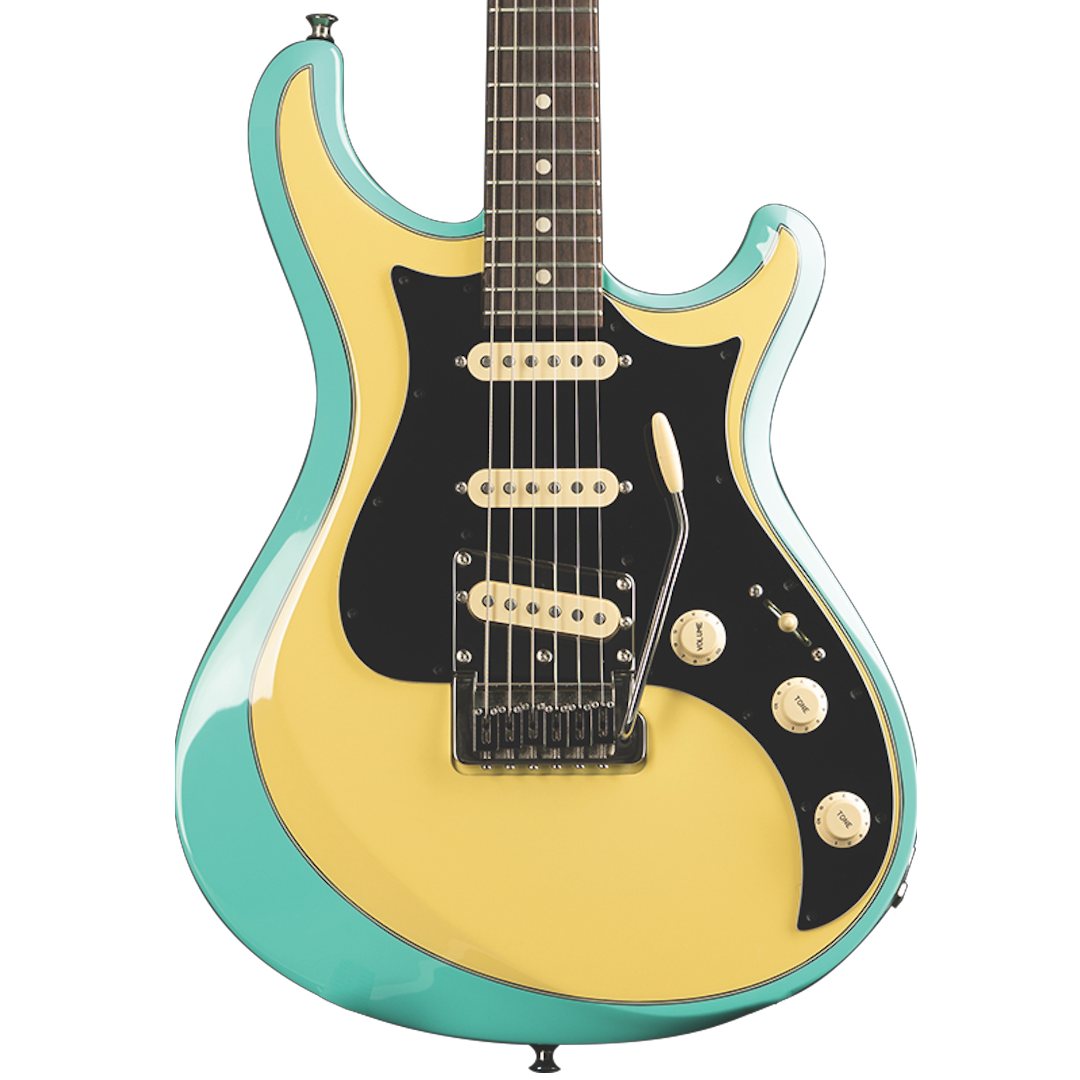
An impressive S-style meticulously crafted from top-grade woods, the Severn has a novel two-piece vibrato that uses a steel plate surrounding the bridge pickup, in Tele fashion, hinged to a bridge that rides on bearings to eliminate friction.
The result is a system that provides incredibly smooth trem action and return-to-pitch reliability, making it the centerpiece of the Severn SSS Trem.
More than a gorgeous and superb-playing guitar with delicious tones, this is a musical performance tool for those who seek the ultimate expression from a classic-style axe with three single-coils.
Knaggs offers a vast array of options in woods, neck shapes, pickups and custom work, and, as such, the Severn SSS Trem that we presented in the December 2023 issue represents the tip of the iceberg in terms of what’s available from this innovative builder. $5,600. knaggsguitars.com — AT

The signature model of Alter Bridge guitarist and vocalist Myles Kennedy has a T-style swamp-ash body and a meaty bolt-on maple neck topped with a maple ’board that has a 25 ½–inch scale, a 10-inch radius and 22 frets.
Kennedy asked for elements found in his vintage axes, so PRS gave it a plate-style steel bridge with two brass barrel saddles.
They further twisted the recipe with a pair of Narrowfield pickups that blend humbucker mass and single-coil sparkle — with zero hum — and a control scheme consisting of volume and tone knobs, a five-way blade switch and a push-pull function on the tone pot that works like a preset treble-rolloff on the rear pickup for quick segues into fat distortion tones.
The result is a sleek workingman’s guitar that puts playability and tone above all else. $2,899. prsguitars.com — AT

The so-called “Gold-foil” pickups found on budget-grade guitars of long ago have enjoyed renewed popularity since the early 2010s or so, and indeed can sound wonderful in the right setting. The units on Fender’s Gold Foil Telecaster, however, are in fact not authentic gold-foils under the hood.
Instead, those trendy covers hide a pair of great-sounding mini-humbuckers made in the style of the Gibson Firebird mini, and which issued surprisingly toothsome tones in our test guitar.
Still bright and outwardly “Fendery,” they also delivered a juicier, slightly hotter performance than traditional T-style single-coils, birthing a guitar that’s able to rock, twang and jangle all at once. $1,199. fender.com — DH
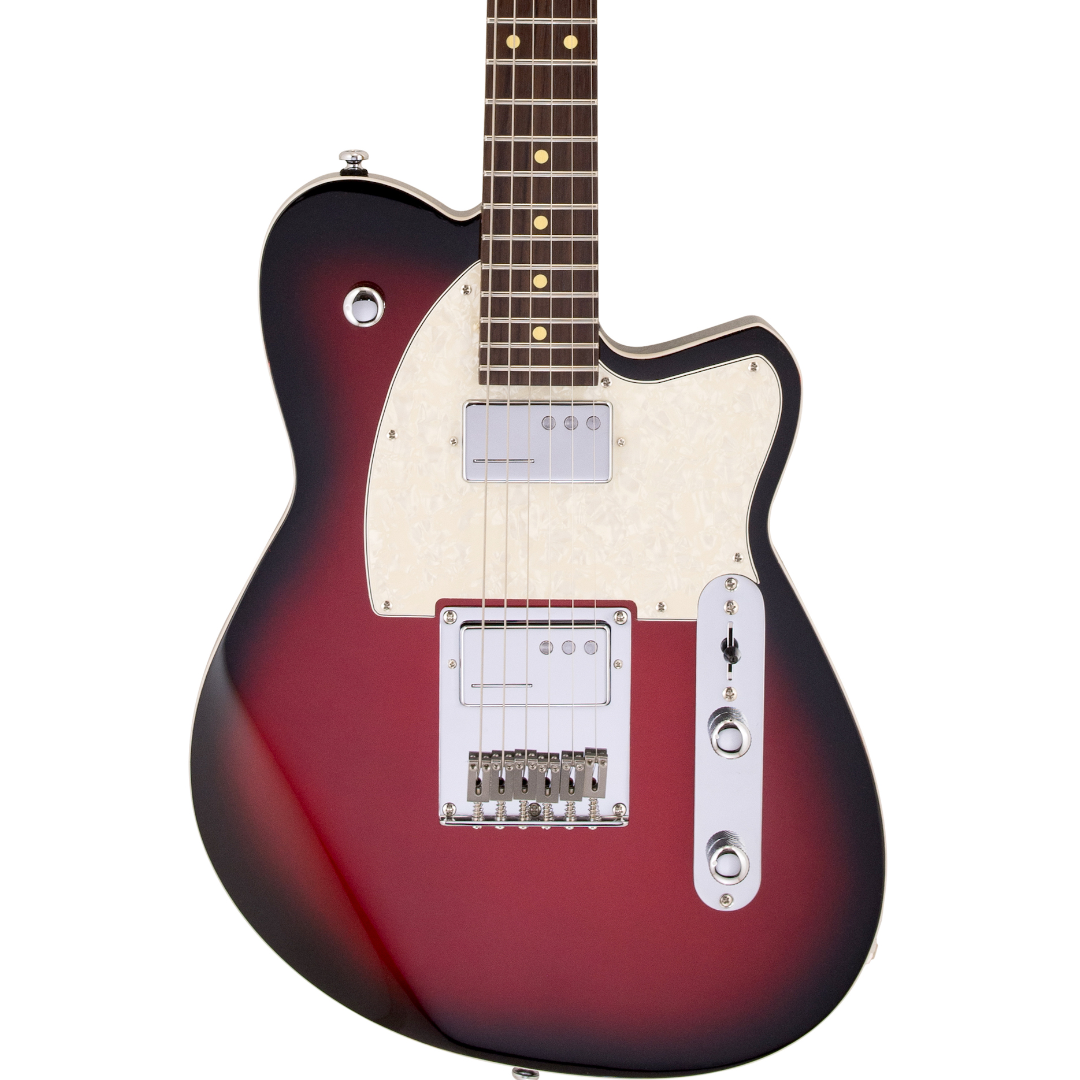
The Crosscut has a body made of korina to enhance harmonic richness, and a six-bolt-joint roasted-maple neck with roasted fingerboard that offers a 12-inch radius, 25 ½-inch scale and 22 medium-jumbo frets.
Sustain is enhanced with a plate-style steel bridge and through-body stringing, and tuning stability is excellent courtesy of Reverend’s Pin-Lock tuners.
But it’s the Railhammer pickups that are essential to this guitar’s soulful tones. Their hybrid construction places rails under the wound strings and poles under the plain strings to deliver fat, tight and clear tones without noise.
Controls include a treble-bleed volume that preserves highs when you turn down, a master tone and a Bass Contour knob that varies the voicing of the pickups. There’s even a Pure Tone output jack to give the output signal that extra bit of juice. $1,099. reverendguitars.com — AT

An impressively accurate rendition of Gibson’s radical V from the year it was introduced, the 1958 Korina Flying V features a korina body and neck, the latter offering a period-correct shape and a long-tenor joint for vintage authenticity.
The rosewood fingerboard has a 25 ¾–inch scale, a 12-inch radius and 22 frets. The PAF-style Gibson Burstbuckers feed a three-way toggle switch and high-quality CTS pots for the dual volume and master tone controls, which sport black top-hat knobs with nickel dial pointers.
The gold-plated hardware includes an ABR-1 Tune-o-mater bridge, a V-shaped brass string plate and Epiphone Deluxe tuners with tulip buttons. It has excellent playability and delivers thick, rich and expressive tones, and — like its partner, the 1958 Korina Explorer — comes at a great price. $1,299. epiphone.com — AT
Amplifiers
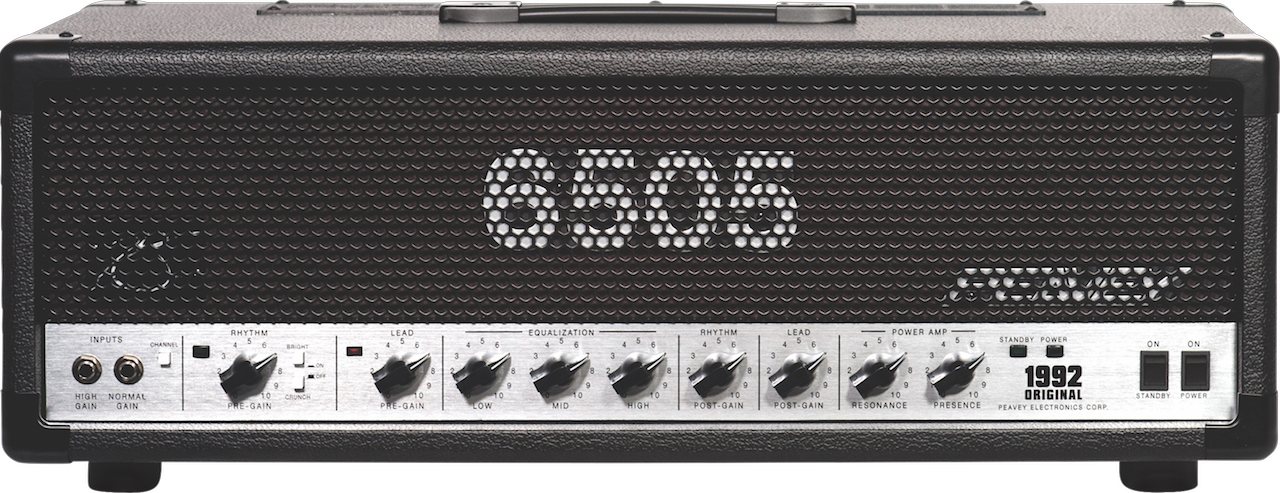
A longtime favourite of the hardcore crowd, Peavey’s 6505 1992 Original is a re-creation of the 120-watt bruiser that debuted some 30 years ago. The two-channel head uses four 6L6GC power tubes, five 12AX7s in the preamp and a custom-built output transformer to deliver scathing metal tones.
This amp is fairly simple compared to most modern, multichannel high-gain monsters, but it has all it needs to crank out kick-ass tones at high volume, including pre-and post-gain knobs on both channels, a shared three-band EQ, and global presence and resonance controls that affect the response in the power stage. $1,299. peavey.com — AT
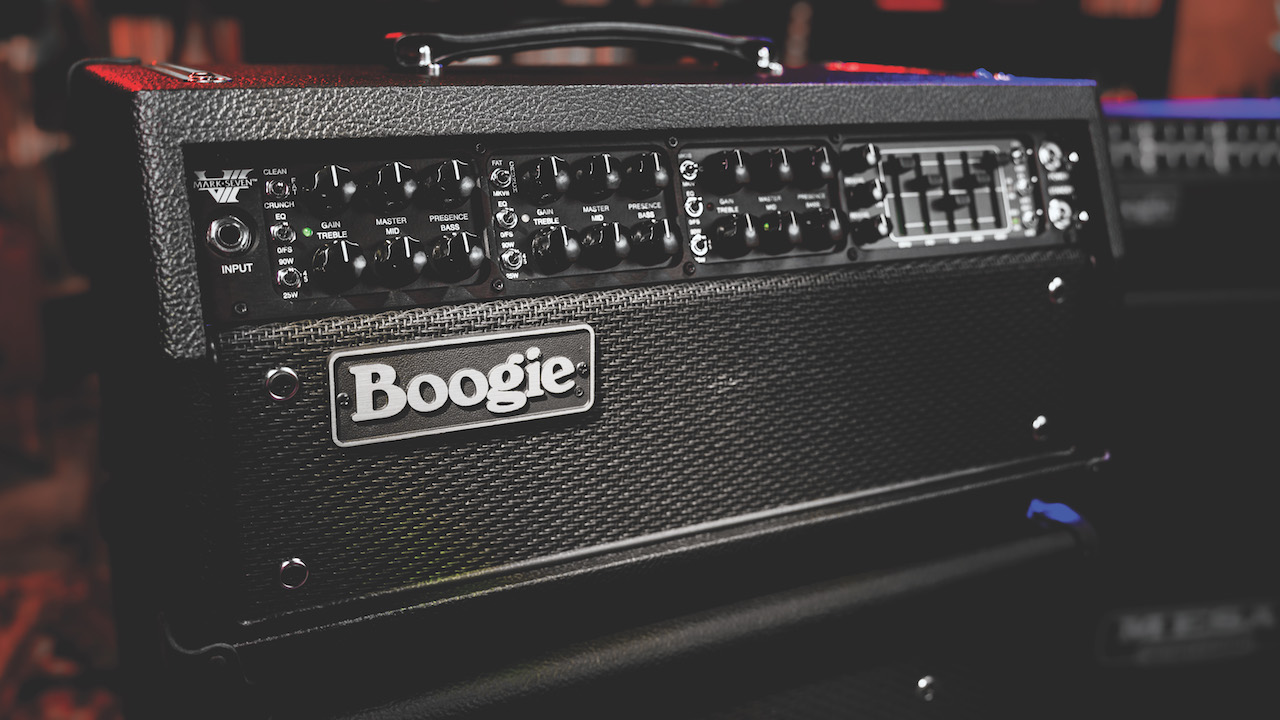
The supremely capable Mark VII lets you dial-in practically any tone at any gain and volume level via three channels, each with three selectable modes that include the new Mark VII and Mark IIB modes on channels two and three.
Each channel has independent gain, treble, mid, bass, presence and master controls, and there’s a channel-assignable five-band graphic EQ.
The tubes consist of four 6L6s (or EL34s via the bias switch) and five 12AX7s, and the Multi-Watt function lets you independently select 90-, 45- or 25-watt operation for each channel, while the Simul-Class power section provides three distinct tonal characters depending on the wattage and associated operating class.
All this plus a built-in Cab Clone IR, an XLR direct out, MIDI, FX loop, channel-assignable spring reverb and a six-button foot switch. $3,799. mesaboogie.com — AT

The Clean Sink MkII adds a host of features to the already popular MkI model to make this a most impressive and versatile clean-voiced tube combo.
The amp delivers around 20 watts from a pair of 6V6GT output tubes — a volume level easily reduced by designer Dylana Nova Scott’s patented Hybrid-Master control — with lush onboard tube/spring reverb.
Rolling 3rd Power’s unique Voicing control from AM to AC dials the Clean Sink MkII from American to British tonalities, or lands you anywhere in between.
The compact 1x12 combo carries Scott’s preferred Celestion Alnico Gold speaker, and the whole package comes in at a scant and portable 31 pounds. $2,599. 3rdpower.com — DH
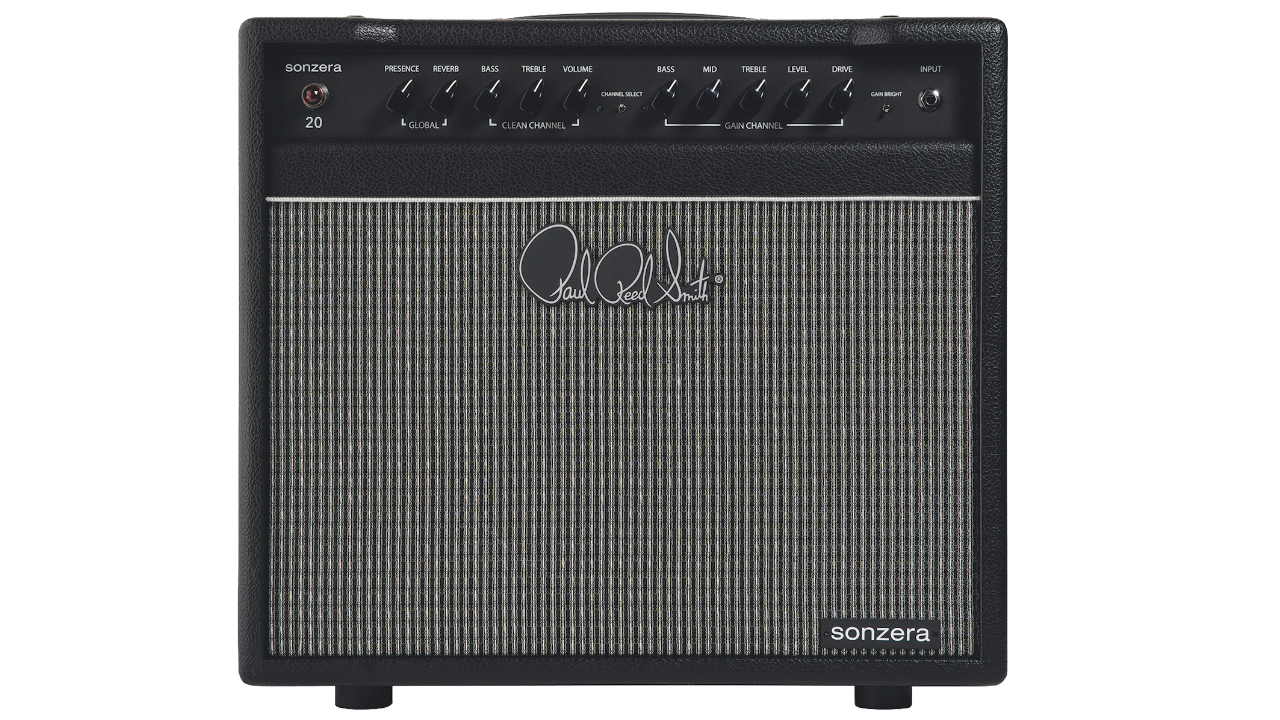
PRS amp designer Doug Sewell tweaked the Sonzera’s circuit for improved voicing, lower noise and greater reliability, and updated the feature set to deliver Americanvoiced performance at an impressive price.
As a 20-watt, black-panel, 1x12 reverb combo, the new Sonzera checks several boxes made standard since Fender’s legendary Deluxe Reverb arrived in 1963.
A foot-switchable Gain (lead) channel, FX loop and external bias-adjustment facilities extend the amp’s range considerably, while the pair of 5881 output tubes (up from the original format’s 6V6s) deliver a big-amp voice with a smaller-amp output, gaining reliability and long tube life in the process.
Add it all up, and the Sonzera impressed with everything from its American-leaning clean to crunch tones, and even some Brit-stack-worthy lead girth when pushed. $999. prsguitars.com — DH
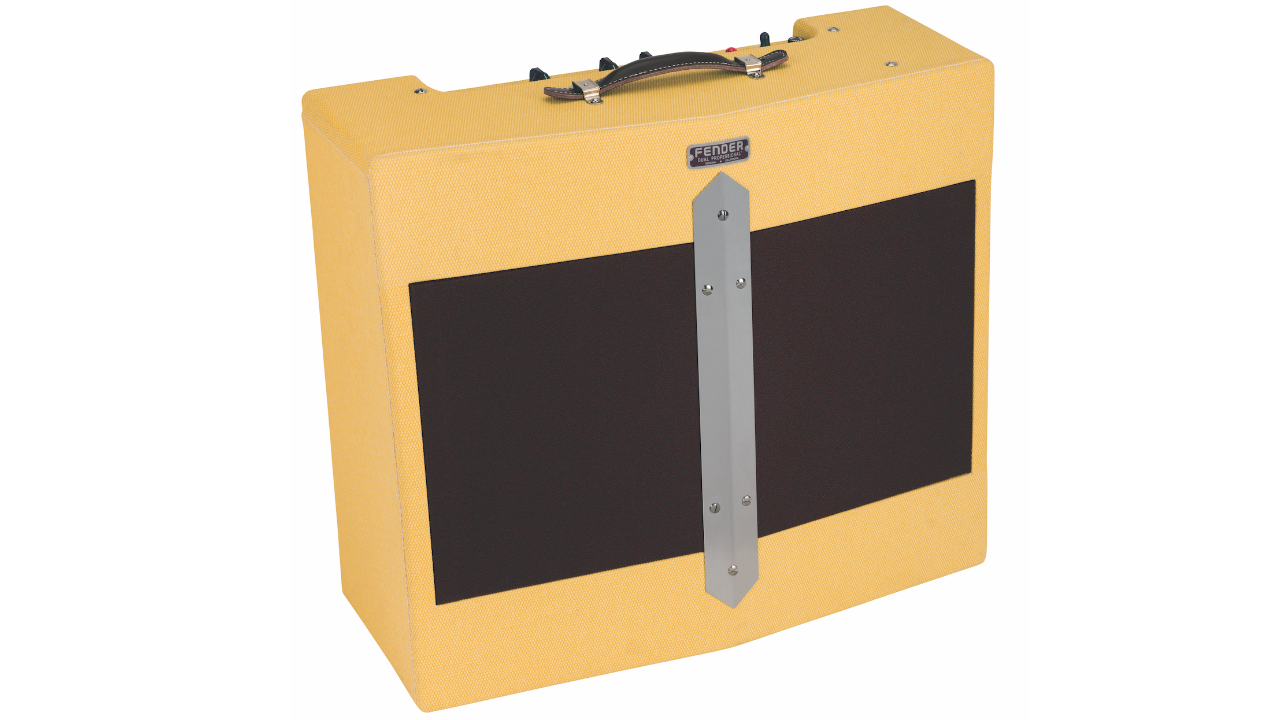
Fender ’48 Dual Professional JB Edition
This beautifully rendered replica of Joe Bonamassa’s personal amp has instrument volume, mic volume and tone controls; four inputs; hand-wired circuitry; a solid-pine cabinet; white tweed covering and a brown fabric grille with chrome center strip.
The two-channel combo uses two EF806S pentode tubes in the preamp, two 6L6 power tubes and a 5U4GB rectifier to deliver 26 watts into a pair of Celestion JB35 10-inch speakers.
The Dual Pro is an aggressive rocker for a late-’40s design, with killer distortion and great clean tones that are totally controllable from your guitar’s volume knob. Leo Fender really got it right with this badass combo. $3,499. joebonamassa.com — AT
Effects Unit

The Quad Cortex backs up its claim of being the most powerful modeling floor processor with 2GHz of six-core SHARC- and ARM-based processing, more than 50 amps, 70-plus effects and over 1,000 IRs.
It has 256 factory presets and up to 2,560 user preset slots, as well as amp, cab and pedal-capture capabilities, full touchscreen control and editing, USB audio-interface capabilities and more.
With 11 stomp switches that double as rotary controls, a large volume knob and a touch screen that displays the current preset and detailed signal fl ow, the interface gives access to all amp, pedal and cab blocks. Small wonder it’s redefining how guitar tones are created. $1,699. neuraldsp.com — AT
Pedals

UAFX Evermore, 1176, Orion and OX Stomp
THE UAFX compact series pedals feature the same high-horsepower DSP found in the company’s larger and more comprehensive pedals, but are easier to use and have a streamlined interface and mono I/O.
The Evermore Studio Reverb is a large-format 224 — an icon of top-tier recording studios in the late ’70s and ’80s — shrunk to pocket size, and it’s easily one of the most amazing reverbs ever put in a pedal.
The 1176 Studio Compressor offers the great sounds of the rack-mount UA studio classic and provides different emulations of dual 1176 setups as used by Jimmy Page for compressed distortion and slide master Lowell George for his trademark clean sustain.
The Orion Tape Echo emulates the famed Echoplex EP-III, delivering juicy-sounding echos that can be adjusted to suit your tastes.
And the OX Stomp offers the same wealth of miked-speaker-cabs-in-studio-room emulations as the OX Top Box (minus the power-attenuation circuitry) for amazingly realistic tones in the studio or onstage. $199 to $399. uaudio.com — AT

Essentially a boost-meets-low-gain overdrive, the M-EQ Driver takes the studio-gear inspiration route that got British effects maker Origin started with the near-legendary Cali76, a pedal that sought to encapsulate the magical Urei 1176 compressor for guitar.
This time out, the rugged metal box encloses Origin’s clever reduction of the Pultec M-EQ, a hulking studio EQ beloved not only for its frequency-crafting capabilities but also for its knack for deliciously driving a guitar’s midrange content.
Controls include knobs for drive, level, mids and cut, with a two-way toggle switch for Adapt on/off (kind of a “pick attack sensor”), plus a three-way KCS (kilocycles) switch to select three mid-boost frequency bands: 0.8kHz, 1.0kHz or 1.3kHz.
It all adds up to some serious tone-sweetening and tactile drive. $319. origineffects.com — DH
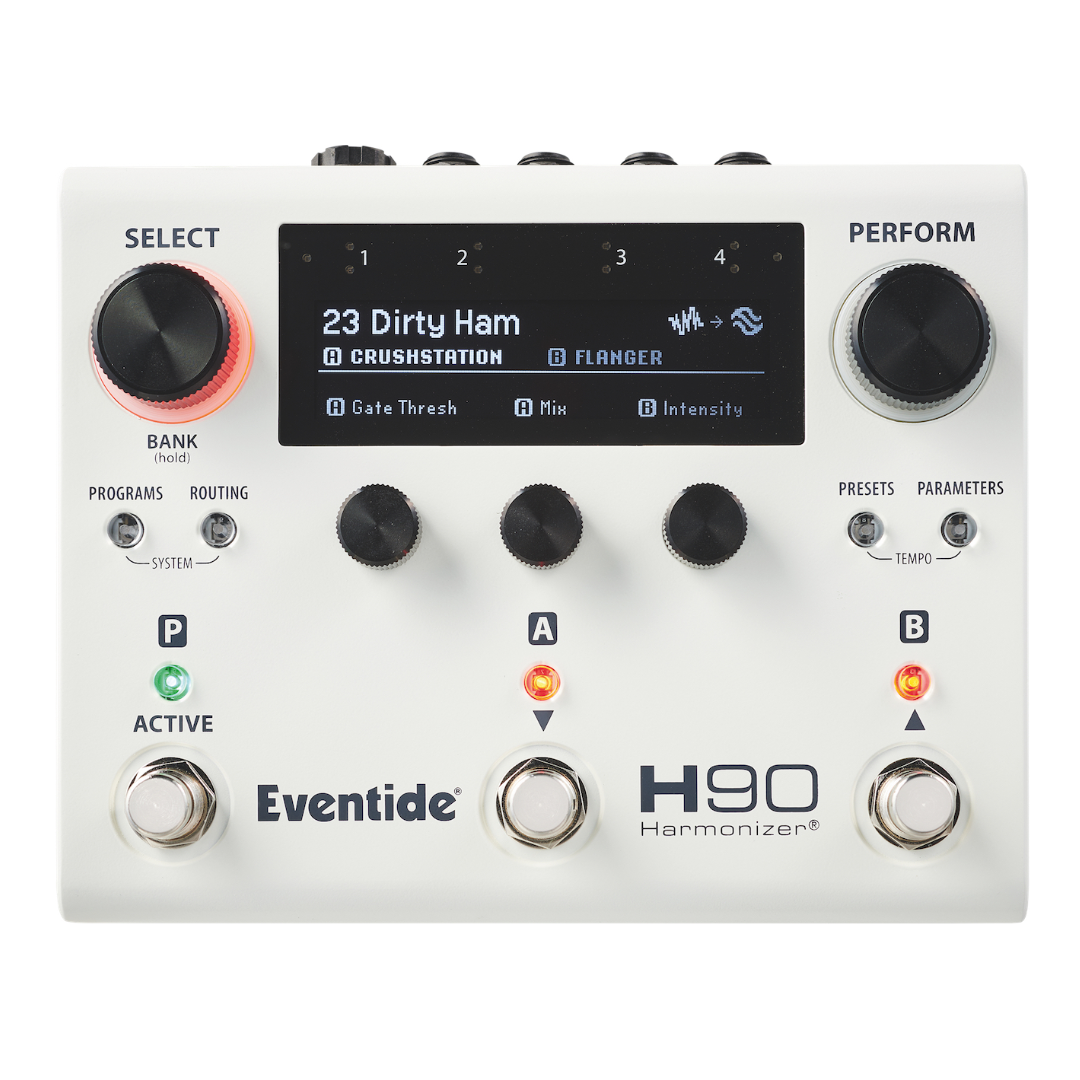
If you bought just one multi-effects pedal this year, this was the one to get. For the past 10 years, Eventide’s H9 has been the solid choice for accessing the company’s “greatest hits” of effects, including studio-quality reverb, delay, modulation and pitch shifting.
The H90 ups the ante by allowing the simultaneous use of two algorithms, in series or parallel, with various modes of mono and stereo connectivity.
In addition to newly enhanced versions of the H9 Max’s 52 algorithms, the H90 delivers 10 brand-new varieties, including Polyphony, Prism Shift, Bouquet Delay, Head Space, WeedWacker and SP2016 Reverb.
Better still, presets can be easily edited using the onboard controls and screen. Granted, it’s not cheap, but when you consider how many pedals it replaces, the H90 is a gear investment worth making. $899. eventideaudio.com — CS
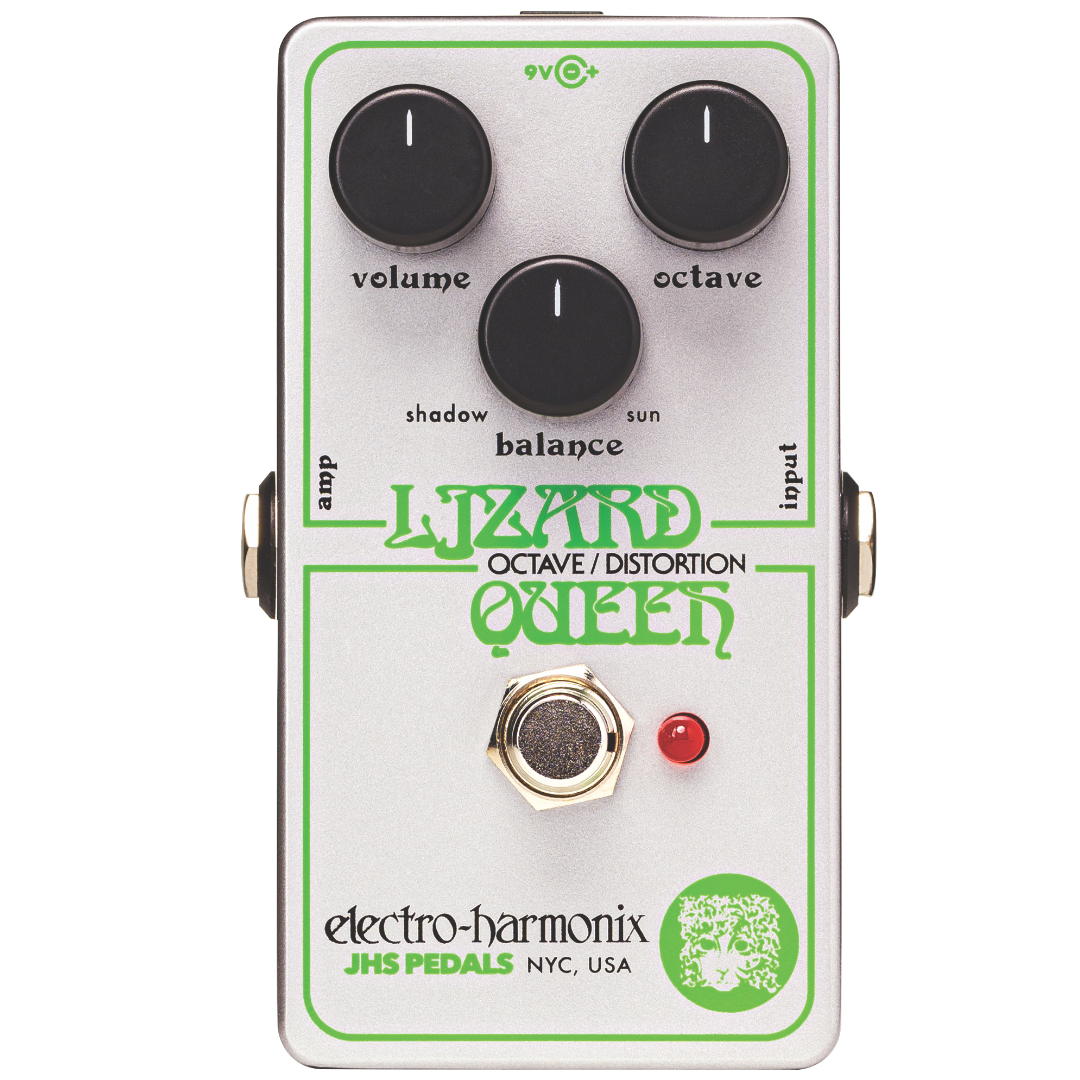
A compact version of JHS’s “big box” pedal of the same name, the EHX Lizard Queen Octave/Distortion has octave, volume and balance controls. It’s not a clone of a Roger Mayer Octavia but rather a fixed-gain fuzz that dispenses with a standard gain knob in favor of the balance control that affects both tone and gain.
The pedal sounds thickest and heaviest with the balance control turned counterclockwise, to the Shadow position. It’s more biting and gated sounding when turned clockwise, to the Sun position, particularly when the highly interactive octave control is also halfway up or so.
Having a dedicated octave control is a cool feature because you can turn the octave almost completely off or progressively add it to get the desired amount of ring modulation–infused shriekiness to your fuzz sound. $99. ehx.com — AT
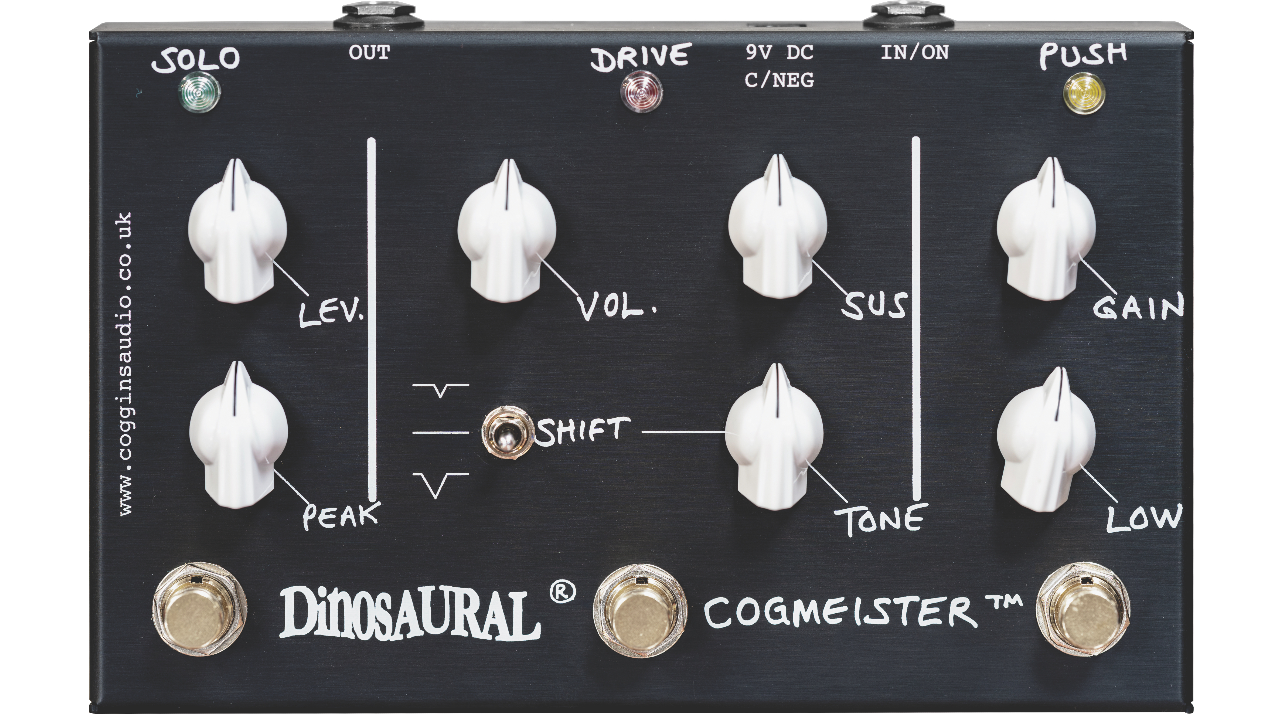
Dinosaural Cogmeister Overdrive
Having made his reputation as the co-founder of Lovetone and designer for ThorpyFX, Dan Coggins has introduced the Cogmeister Overdrive, a pedal that encapsulates his concept of the ideal all-in-one drive station: three independent yet highly chainable and gain-stageable boost and overdrive circuits.
The three channels comprise Push (boost), Drive (medium-gain overdrive) and Solo (added sizzle-meets-lead boost to cover the full range of dirt).
I found the Cogmeister particularly delectable with a Telecaster into a clean-ish amp, but the format delivers toneful versatility to suit a wide range of styles and genres. $375 direct. cogginsaudio.co.uk — DH
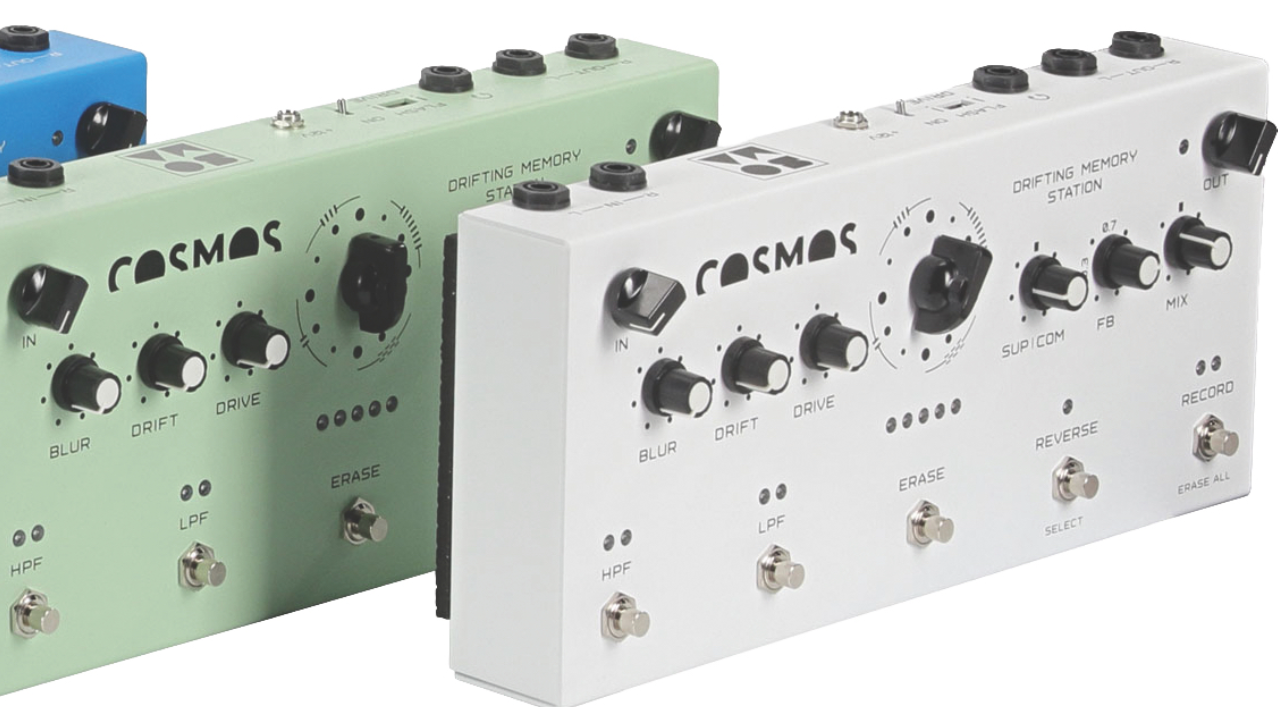
Soma Cosmos Drifting Memory Station
Inspired by Robert Fripp and Brian Eno’s Frippertronics system, Cosmos creates ambient washes of sound through a combination of extremely long delay times and multiple delay lines.
It offers four algorithms — Two Delays, Four Delays, Giant Reverb and Granular Delay — each with three variations, along with unique controls like Blur, Drift and Suppressor/Compressor that affect how various algorithms perform.
High- and low-pass filters allow further sculpting of the effects, as do reverse and looping functions. Far from your traditional delay pedal, Cosmos is a generative musical device designed for mindful sonic discoveries. $699. somasynths.com — CS
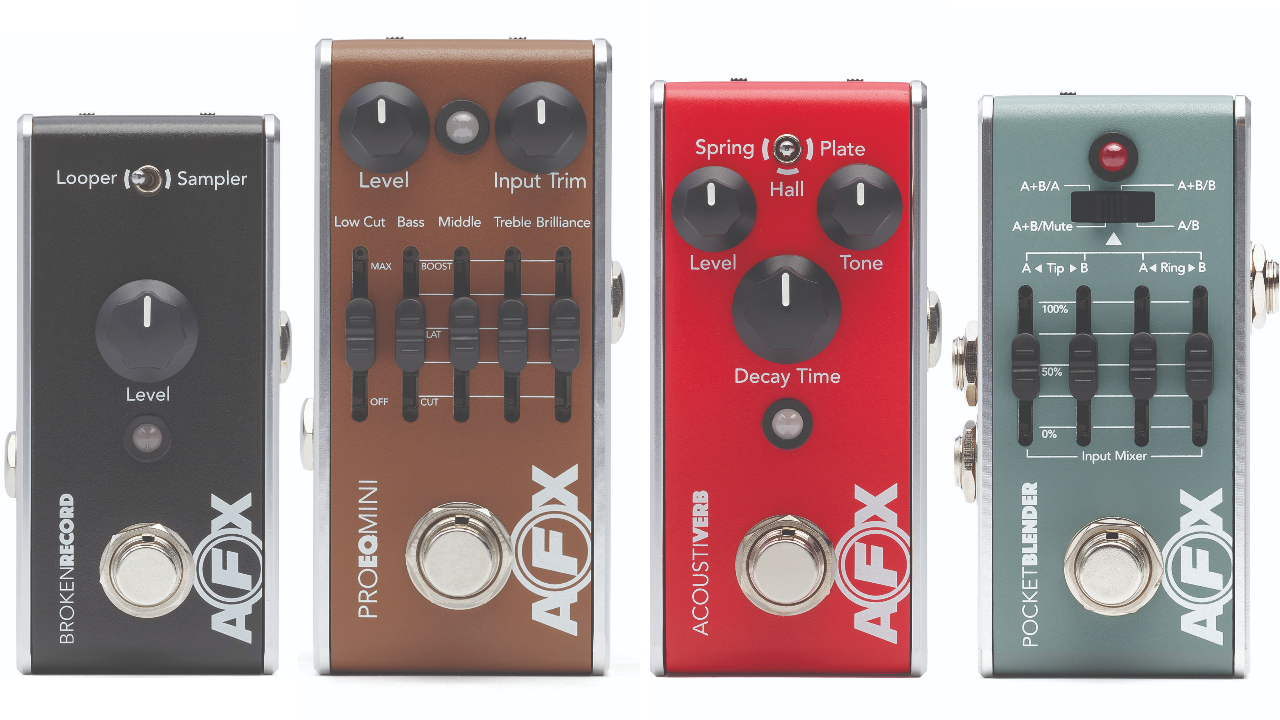
Fishman dove headlong into the pedal pond with the AFX series of mini effects boxes that deliver pristine tone and superior flexibility.
The Pocket Blender AB/Y mixer, Broken Record looper/sampler, Pro EQ Mini preamp and equalizer, and AcoustiVerb reverb are voiced to play nice with acoustic amps like the venerable Fishman LoudBox, and we loved what we heard.
AFX effects process at 32 bits in parallel, meaning the effected signal runs alongside the pure direct signal, not right on top of it.
AFX pedals can operate in mono with standard instrument cables, but they also have an option for dual-channel audio when utilizing TRS stereo cables. You can then assign each pedal using the little switch on the back to set the audio path to tip or ring and choose between buffered or true bypass. $119 each. Pocket Blender, $89. fishman.com/afx — JL
Acoustic Bridge Pickup System
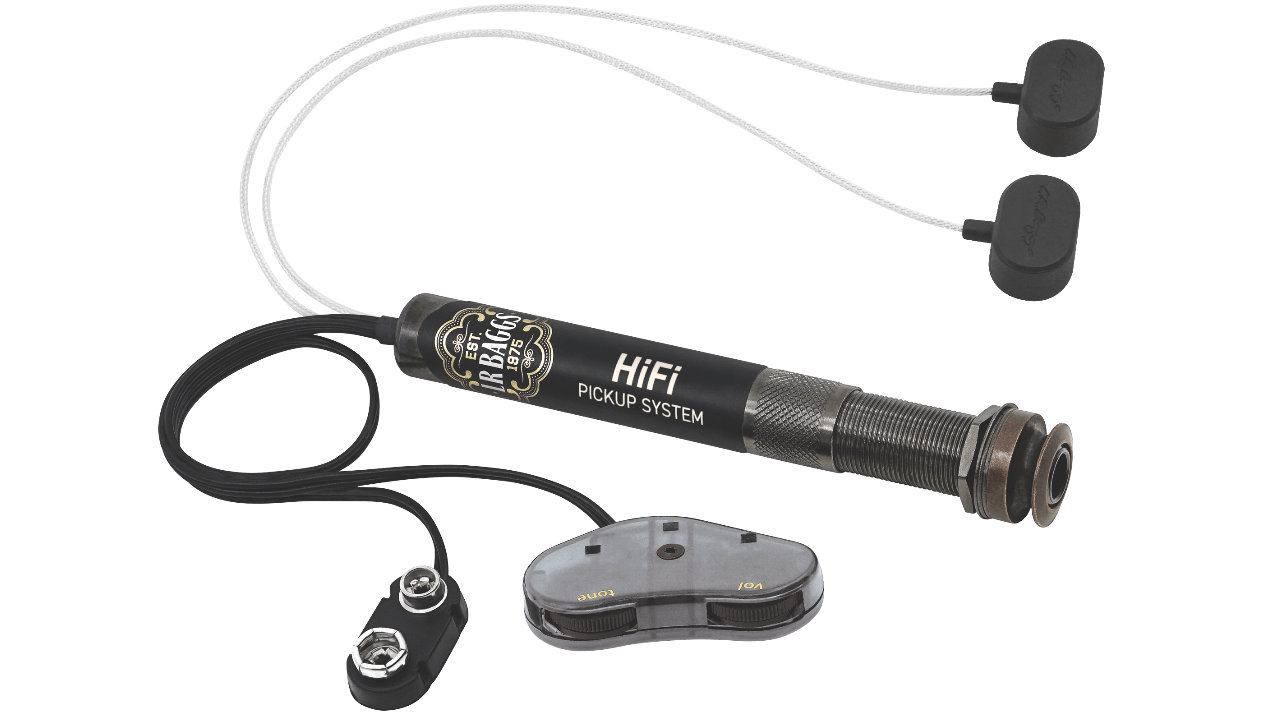
The HiFi is a simple and affordable plug-and-play acoustic bridge pickup system that bottles a guitar’s acoustic essence and electrifies it in unique fashion for vivacious and organic tone. It’s like a cross between a mic and a hot, sensitive pickup, with none of the feedback issues.
HiFi captures string brilliance and body percussives in a way that transcends the middy tone of a typical magnetic soundhole pickup, with none of the plastic quack associated with an undersaddle piezo.
A pair of transducers adhere non-invasively under the bridge plate, and a high-fidelity preamp sculpts the output signal.
According to Baggs, the HiFi is the next-level version of the company’s iBeam active bridge-plate pickup system, as well as a response to a challenge thrown down by Lloyd Baggs’ friend and tone chaser Jackson Browne. $199. lrbaggs.com — JL
Studio Monitors

Presonus Eris Studio Monitors
Presonus gave its entry-level line of Eris studio monitors a revamp this year with the arrival of the Eris Essential, Studio and Pro active studio monitors, each of which is aimed at different groups of users.
The Essential line is ideal for project studios and offers Bluetooth and headphone outputs. The Studio line ups the ante with more power and clarity via a custom-tuned EBM waveguide, improved high- and low-end reproduction, and controls to fine-tune the monitors for your space.
But I was immediately sold on the Pro 6 and Pro 8, a pair of Atmos-ready coaxial monitors that offers pinpoint precision for detailed mixing.
Toss in the Pro Sub 10 subwoofer for even more low-end clarity. Essential, $85–$215 per pair. Studio, $114–$221 per monitor. Pro 6, $354 per monitor. Pro 8, $444 per monitor. Pro Sub 10, $399. presonus.com — CS
Jazzmaster/Jaguar Bridges
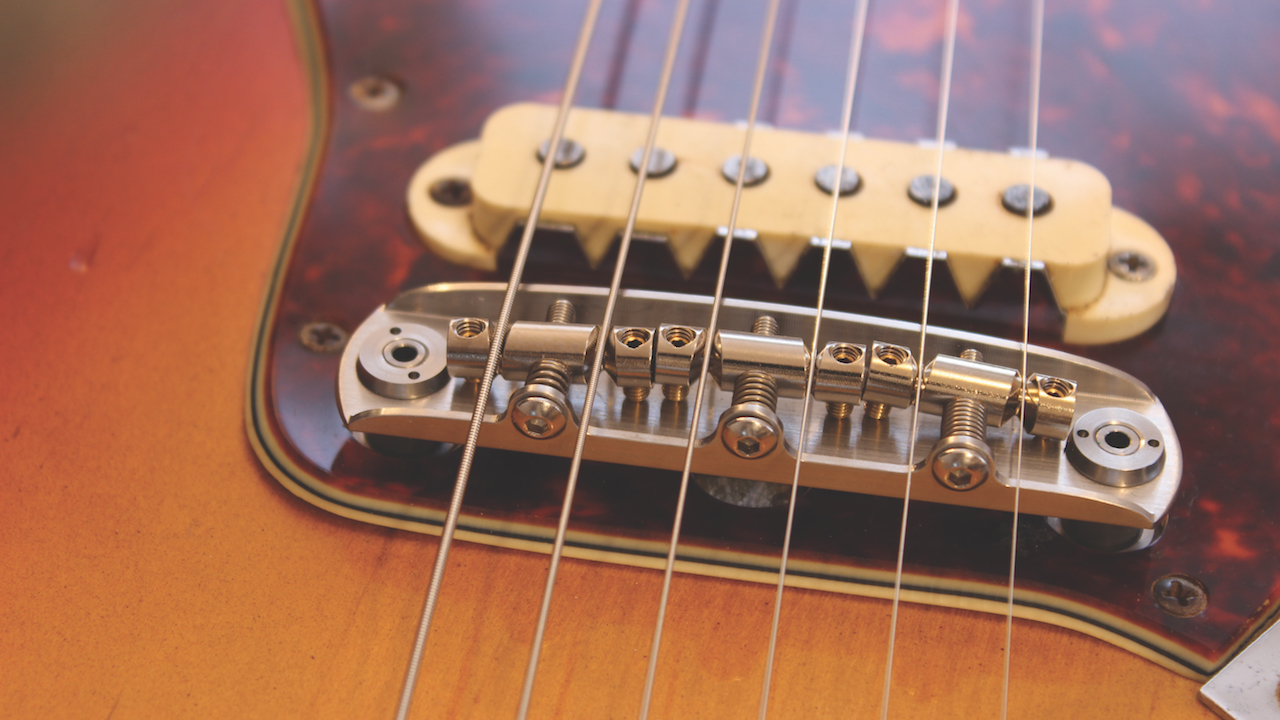
Kiss My Strings Jam Offset Bridge
German gear maker Kiss My Strings has joined the ever-growing market for replacement Jazzmaster/Jaguar bridges with this rugged, thoughtful design.
The company first came to my attention when I spotted one of their creations on a Piet model guitar made by countryman Nik Huber, indicating there was virtue in this interesting new chunk of hardware.
Part of KMS’s solution to the offsets’ age-old “wobbly bridge” syndrome comes via custom “thimbles” and chunky bridge posts that fit into them precisely, eliminating the rocking action of the originals.
The intonated solid brass saddles are cut with “V” slots that hold the strings securely and plated to let the string slide through the groove. The results are clearly evident as heard in improved sustain and greater tuning stability. $155. kissmystrings.de — DH
All the latest guitar news, interviews, lessons, reviews, deals and more, direct to your inbox!
Dave Hunter is a writer and consulting editor for Guitar Player magazine. His prolific output as author includes Fender 75 Years, The Guitar Amp Handbook, The British Amp Invasion, Ultimate Star Guitars, Guitar Effects Pedals, The Guitar Pickup Handbook, The Fender Telecaster and several other titles. Hunter is a former editor of The Guitar Magazine (UK), and a contributor to Vintage Guitar, Premier Guitar, The Connoisseur and other publications. A contributing essayist to the United States Library of Congress National Recording Preservation Board’s Permanent Archive, he lives in Kittery, ME, with his wife and their two children and fronts the bands A Different Engine and The Stereo Field.

